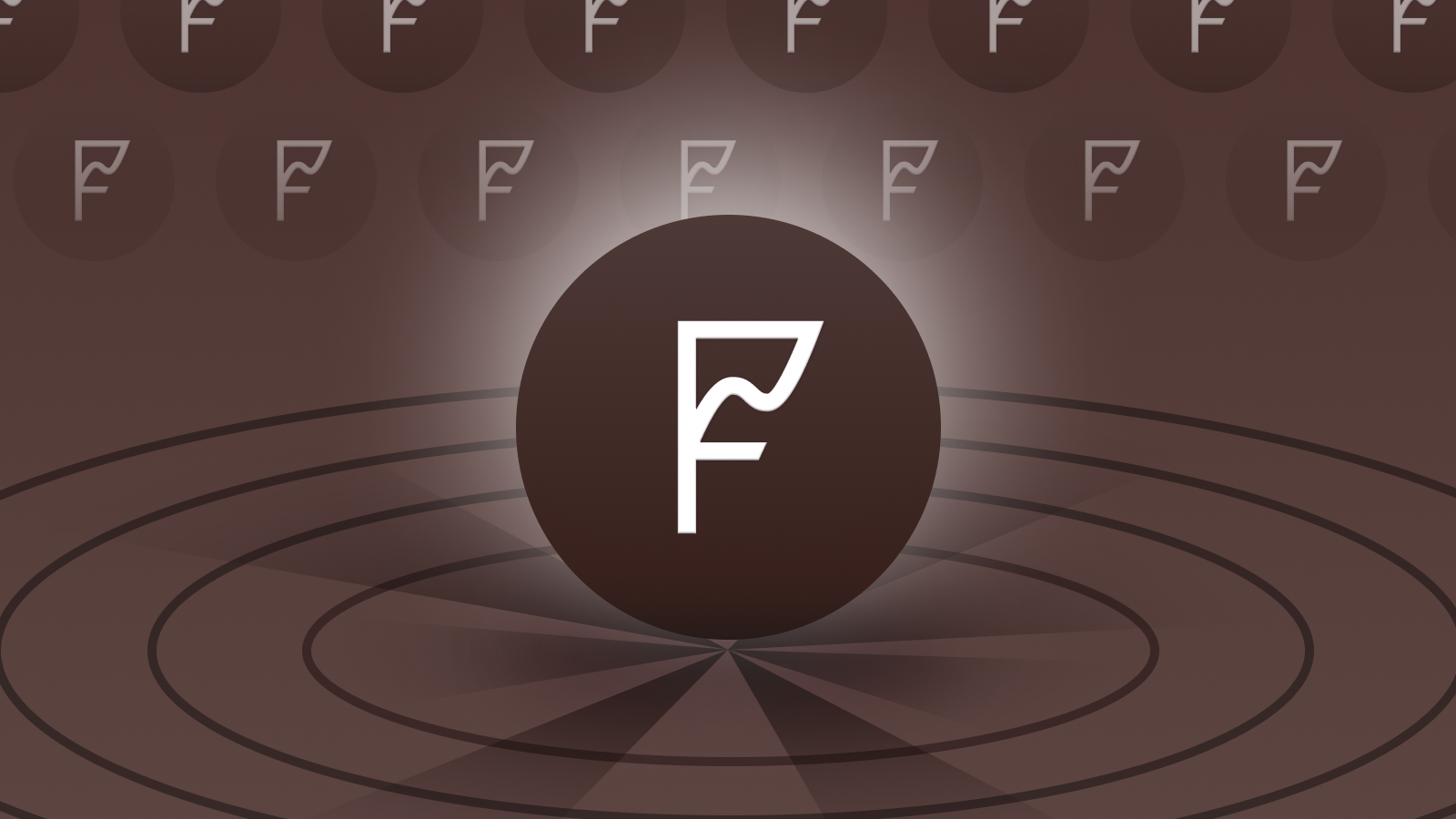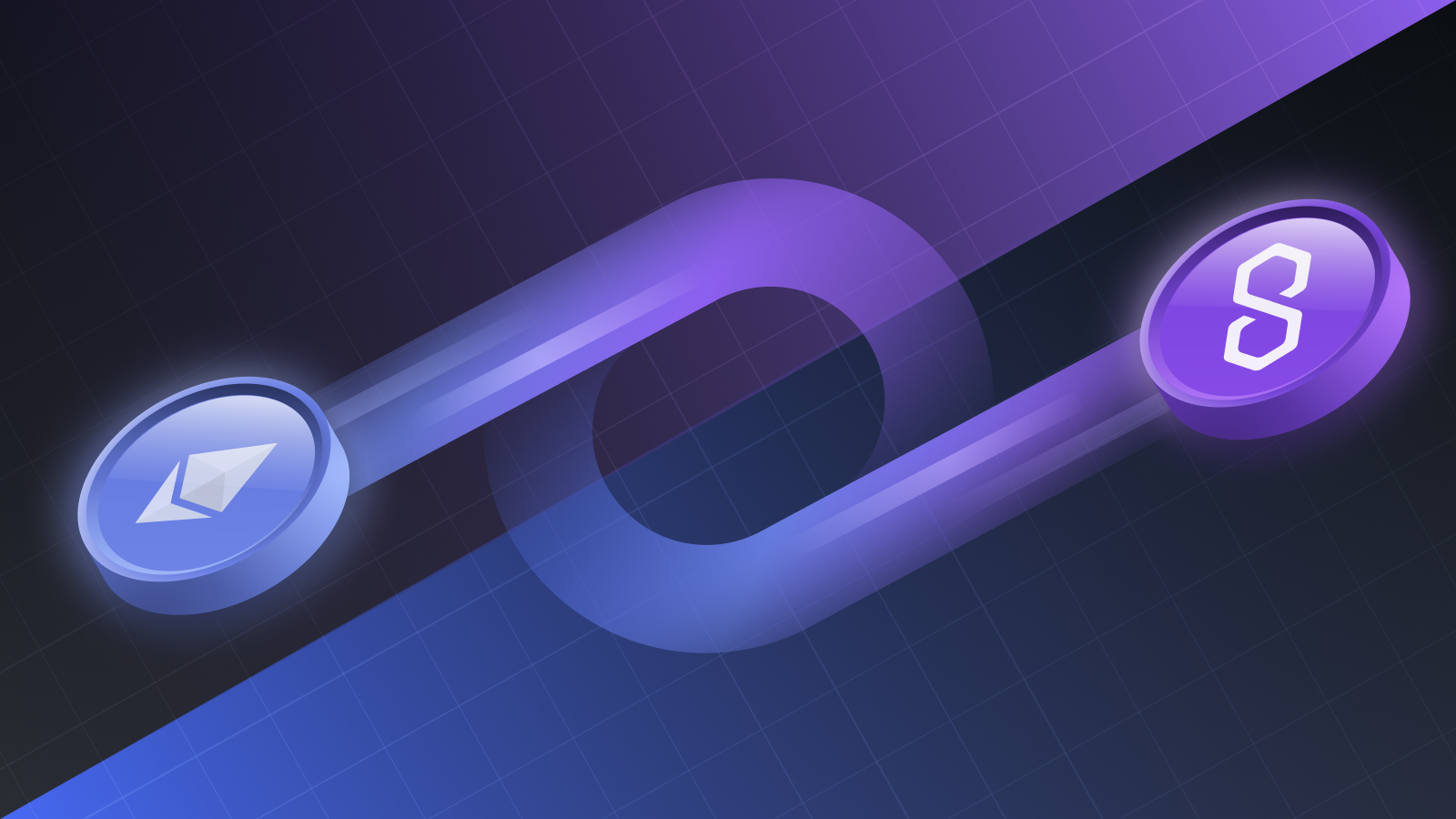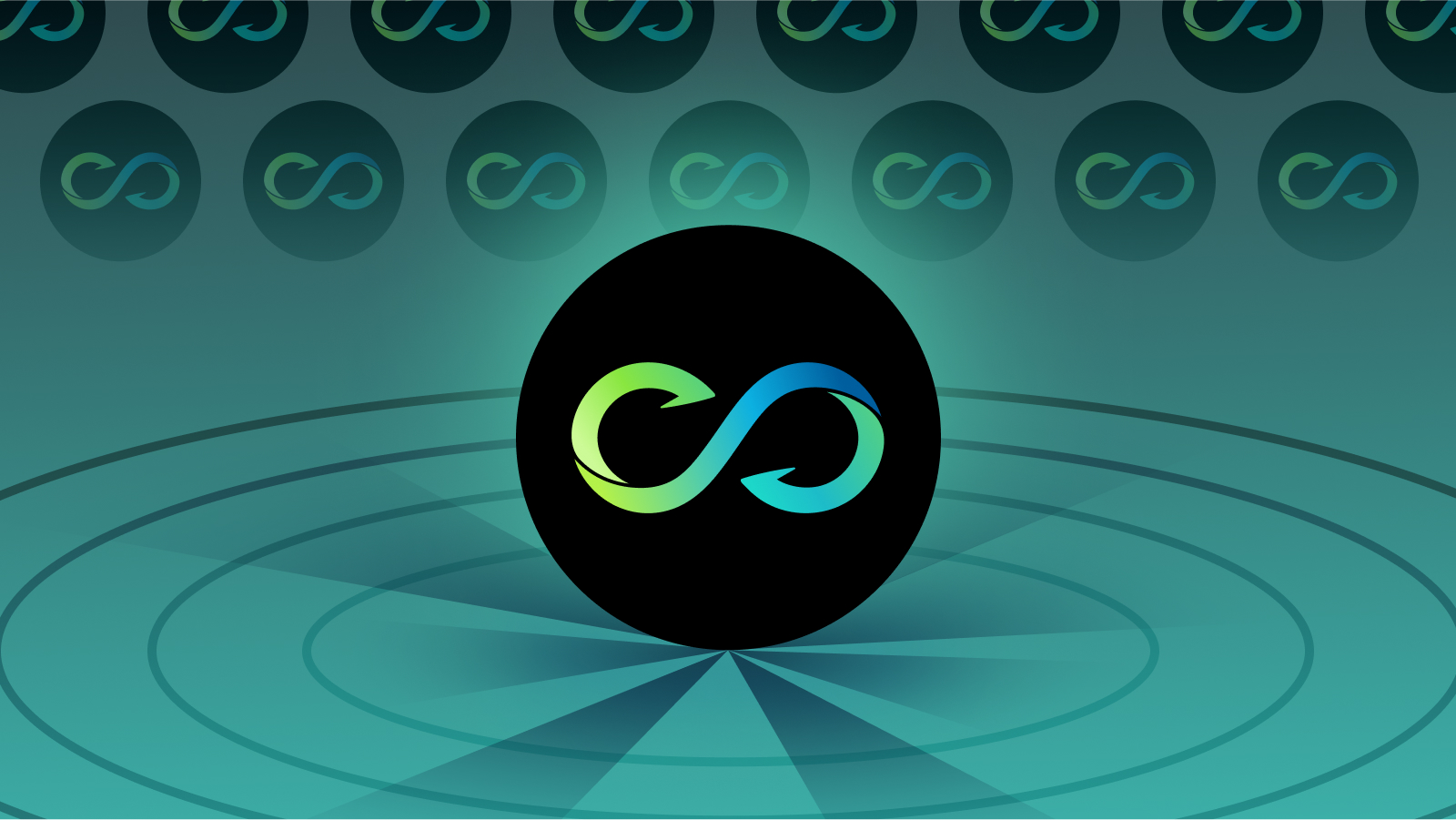This article is sponsored content and should not be considered as financial or investment advice. The opinions expressed in this article are those of the contributor/author and do not necessarily reflect the views of Binance Academy.
TL;DR
Sui is a Layer 1 blockchain and smart contract platform designed to make digital asset ownership fast, private, secure, and accessible to everyone.
Based on the Move programming language, its object-centric model enables parallel execution, sub-second finality, and rich on-chain assets.
With horizontally scalable processing and storage, Sui supports a wide range of applications with unrivaled speed at a low cost. Sui is a step-function advancement in blockchain and a platform on which creators and developers can build amazing, user-friendly experiences.
What Is Sui?
Sui is a blockchain designed to bring decentralized technology to the masses. Its token, SUI, is used to secure the network, pay gas fees, facilitate on-chain transactions and, in the future, enable governance.
The original contributor to Sui, Mysten Labs, was founded by former employees of Meta who worked on the Diem blockchain project, formerly known as Libra. As part of that work, they developed new technologies such as Move, a new smart contract programming language, and the high-throughput mempool and consensus engines called Narwhal and Bullshark respectively.
Their work on Diem became fundamental to Sui's design. However, these innovations have been altered and expanded upon to suit the needs of a permissionless Layer 1 blockchain rather than Libra's mission of developing a compliant micropayment platform.
How Does Sui Work?
Contrary to most other blockchains, Sui uses objects as its basic unit of data storage rather than accounts. Developers define, create, and manage these programmable objects that represent user-level assets. An object has distinct attributes, including ownership, whose values can be updated based on the governing logic of the smart contract that created it. Objects and their attributes are stored directly on-chain rather than inside the smart contract itself.
Most assets on Sui are owned by a single address, recorded as a data value for the object. These are referred to as “owned objects.” Transferring ownership of an owned object only requires a change of that value. These transactions are independent of any other action being performed on the network and can be processed in parallel. Most blockchain transactions, such as asset transfers, peer-to-peer payments, and minting NFTs, fit into this category.
Sui is designed to optimize for these common transactions. On other blockchains, every transaction, no matter how complexs, must enter into a total-ordered list and be verified and processed through global consensus. This typical design can create a bottleneck in the network, reducing the processing speed of individual transactions and the total number of transactions that can be processed at a time.
Sui uses an algorithm known as “Byzantine Consistent Broadcast” to reduce the bottleneck and maintain low latency and high throughput. A requestor or proxy can proactively talk to validators to facilitate processing without consensus, resulting in near-instant finality without diminished security. This enables parallel transaction submission and execution on a massive scale.
Some assets on Sui have shared ownership, meaning multiple accounts must authenticate a transaction that changes data related to the object. These transactions are considered complex and must be validated through consensus. Sui uses Delegated Proof of Stake to coordinate consensus. On Sui, the consensus engine consists of two parts, Narwhal and Tusk. Narwhal is the holding pen for transactions (mempool) that ensures the data is available for processing by the validators. Tusk is the mechanism by which all transactions involving shared objects are ordered.
What Makes Sui Unique?
Sui’s object-centric data model is a key innovation that allows for many other technical breakthroughs on the chain.
Sui Move
Sui Move is the native programming language for Sui. It was designed to incorporate everything a blockchain developer would need to create performant, secure, feature-rich applications.
Sui Move is based on the Move language which was specifically designed to improve upon flaws in other smart contract programming languages. Move addresses two key issues in smart contract design: representation of digital assets and safe operations over them. Move has first-class abstractions of assets and access control that improve both the safety of smart contracts and the productivity of smart contract programmers. Sui Move builds on this achievement and adds language for blockchain-specific concepts such as accounts, transactions, time, and cryptography.
Programmable Transaction Blocks (PTB)
Programmable Transaction Blocks, or PTBs, are one of Sui’s most powerful core developer primitives. For conventional blockchains, the fundamental unit of execution is a transaction that is typically simplistic and close to the virtual machine (VM) execution. On Sui, the fundamental unit of execution is elevated to the level of a complex, composable sequence of transactions.
PTBs are heterogeneous and can access any public on-chain Move function across all smart contracts. Within a single PTB, typed outputs from earlier on-chain Move calls can be chained as typed inputs to later on-chain Move calls. These types can be arbitrary Sui objects that carry a rich set of attributes and properties. A single PTB can extract a player object from a smart contract wallet, use it to make a move in a game, then send a badge object won by the move to a multi-game trophy case, all without publishing any new smart contract code. There can be up to 1,024 heterogeneous transactions in a single PTB, making its compositionality nearly unbounded.
Chained transactions in a PTB execute and fail atomically, meaning they can not be partially processed. This provides a convenient and intuitive programming model, as well as strong guarantees for payment or finance-oriented applications.
Horizontal scalability
Sui scales horizontally to meet increased network demand on the network. Validators can add more computing power to increase their performance as needed, and reduce it when not needed. Even with high network traffic, Sui's tokenomics model is designed to keep gas fees low and stable. Validators are incentivized to add this capacity because they earn more gas fees without implementing higher fees.
Sui's scalability is not limited to transaction processing. Storage is also low-cost and horizontally scalable. This enables developers to define complex assets with rich attributes that live directly on-chain instead of introducing layers of indirection into off-chain storage to save on gas fees.
What Is the SUI token?
SUI tokens serve four purposes on the network:
They can be staked to a validator in order to secure the network and earn stake rewards.
They can be used to pay gas fees to execute transactions and other operations.
They act as the native asset to facilitate on-chain transactions underpinning the whole Sui economy.
They give holders the right to participate in future governance.
The total supply of SUI is capped at 10 billion tokens.
The Sui Ecosystem
Sui Mainnet launched in May 2023. Since then, a series of games have been released with more to come over the next year. DeFi apps and NFT projects are also beginning to sprout up with more exciting apps planned for later in 2023.
Suifrens
SuiFrens are principally a demonstration of Sui Move’s capabilities, bringing to life the composability, extensibility, and dynamism of digital assets on Sui. The family currently consists of Capybaras and Bullsharks, with more to come.
Pyth Oracle
Pyth connects high-fidelity market data from the world’s largest professional traders and exchanges to any smart contract, anywhere.
Game 8192
SUI 8192 is a completely on-chain and extra challenging version of the popular 2048 game built on the Sui blockchain by Ethos.
Suia
As a proof-of-attendance app, Suia verifies participation for Sui-based events. It can be used with event tickets, contribution medals, and games, helping organizers engage and award participation.
What’s Next for Sui?
Sui continues to develop unique features as well as focus on introducing developers to the Sui Move programming language and supporting them in building apps across all industries.
Some recent and upcoming features include:
Sponsored transactions
To process a transaction on Sui, a user must pay a gas fee. However, many users new to blockchains are unfamiliar with this concept and it can be a barrier to completing their transaction. To remove the friction of asking the user to pay the fee, sponsored transactions, enabled through gas stations, let application builders pay the fee, never needing to reveal its existence to the user. Builders can explore other revenue models, such as advertising, subscriptions, or premium add-ons.
Kiosk standard
Kiosk is a primitive for building open, zero-fee trading platforms with a high degree of customization over transfer policies. It allows creators to issue policies with objects that give them the power to enforce any constraint on trades they desire, including royalty policies when an object is sold.
Closing Thoughts
Sui was designed to be a next-generation blockchain that enables all industries and applications to take advantage of decentralized technology. Its innovations can redefine asset ownership for everyone and offer real solutions to problems faced by people everywhere.



